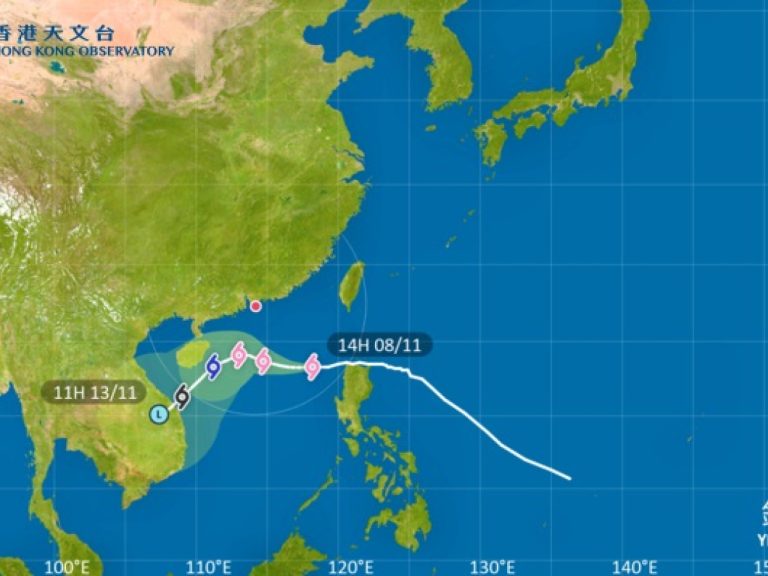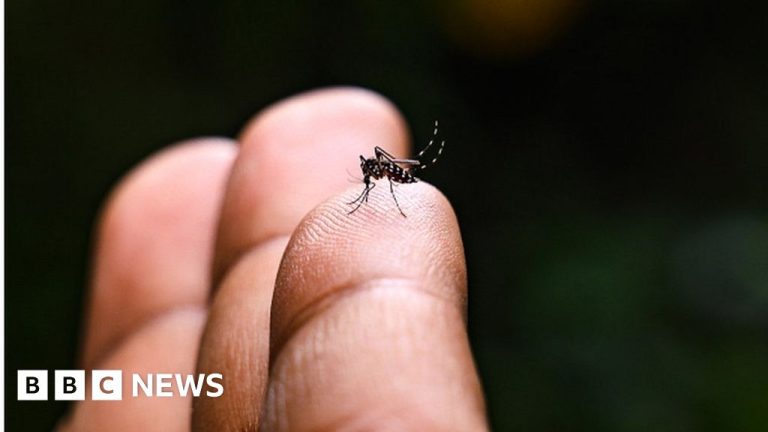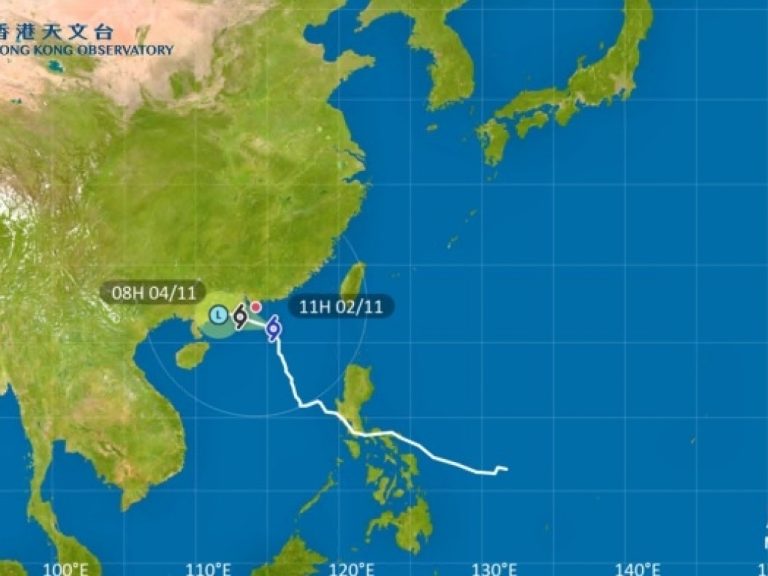Health officials in Hong Kong have raised an important alert about chikungunya fever following a significant outbreak in neighboring Guangdong province, offering crucial insights into this mosquito-borne disease that could impact residents and travelers alike.
As of July 15, 2025, Shunde in Guangdong reported 478 mild cases of chikungunya, prompting the Centre for Health Protection (CHP) to issue a public warning on July 17. While no confirmed cases have been detected in Hong Kong, health authorities are emphasizing the potential for cross-border transmission and the critical need for preventive measures.
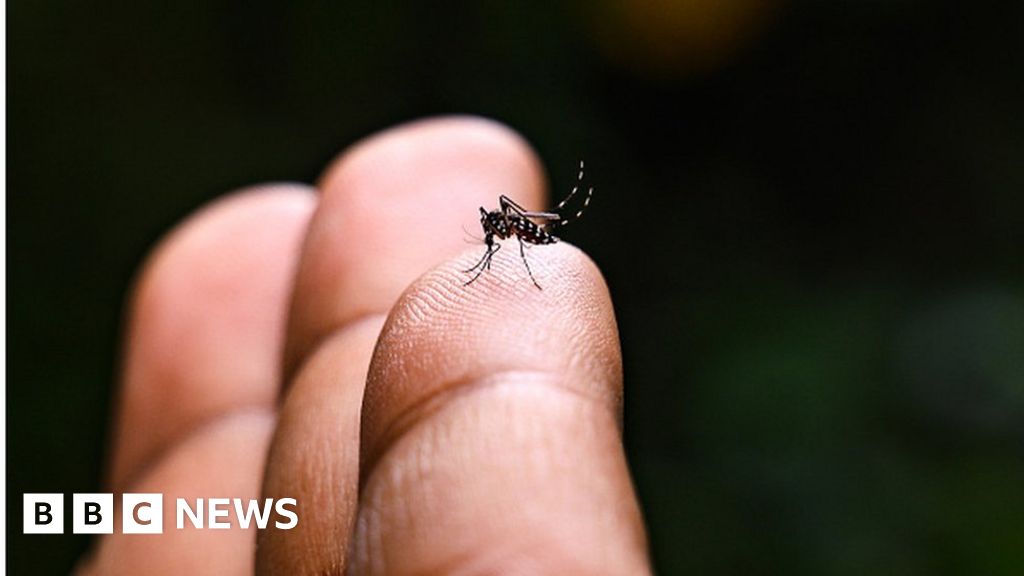
Chikungunya fever presents with symptoms remarkably similar to dengue, including fever, joint pain, muscle pain, headache, nausea, fatigue, and rash. Most patients recover independently, but some may experience a challenging complication: persistent joint pain that can last months or even years, potentially significantly disrupting daily life.
The disease spreads primarily through mosquito bites, with the local Aedes albopictus (Asian tiger mosquito) capable of transmission. Edwin Tsui, Controller of the CHP, highlighted a critical risk scenario: an imported case could trigger local spread if an infected individual is bitten by a local mosquito during their infectious period.
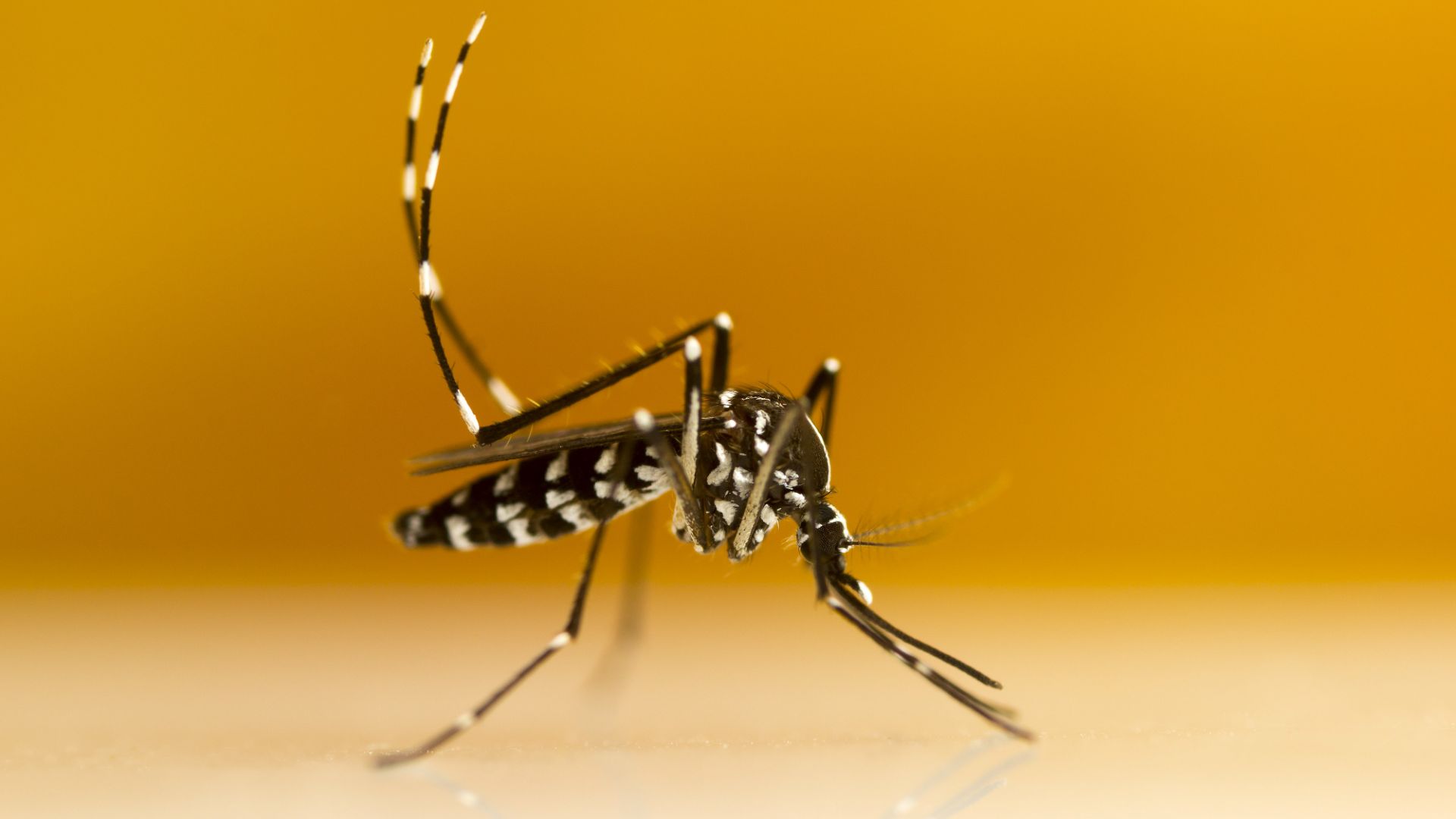
Although Hong Kong does not host Aedes aegypti—the primary chikungunya vector—the presence of Aedes albopictus means the threat remains real. Tsui stressed that insufficient mosquito control could dramatically increase outbreak risks, making public cooperation essential in preventing disease spread.
The CHP recommends several key preventive strategies:
– Eliminate mosquito breeding sites
– Take personal protective measures against mosquito bites
– Remain vigilant about potential disease transmission
– Stay informed about local health advisories
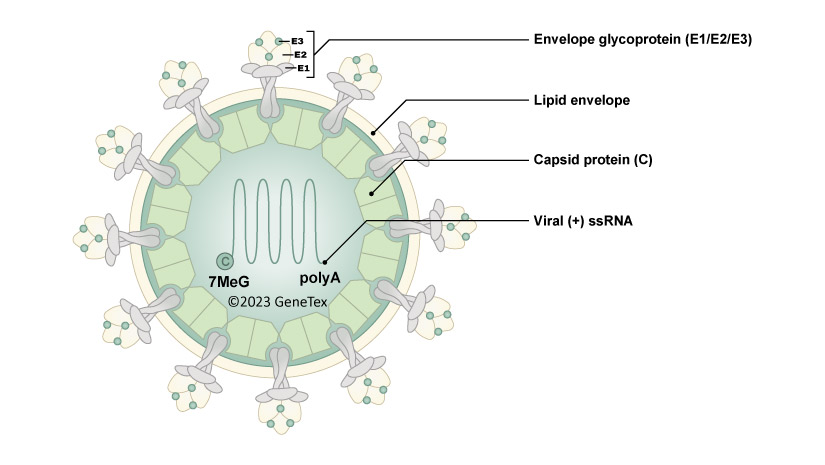
For individuals in regions like Hong Kong and Guangdong, understanding these risks becomes crucial. While most cases remain mild, the potential for long-term joint pain underscores the importance of proactive health management.
Health authorities are closely monitoring the situation, prepared to respond to potential imported cases. Their approach emphasizes prevention, early detection, and community engagement—critical components in managing potential infectious disease threats.
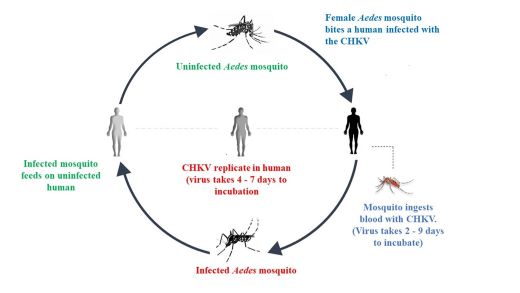
The current outbreak serves as a powerful reminder of how quickly diseases can spread across borders. Mosquito-borne illnesses don’t respect geographical boundaries, making awareness and preventive action universally important.
Travelers and residents should consider practical protective strategies: using mosquito repellent, wearing long-sleeved clothing, ensuring window screens are intact, and eliminating standing water where mosquitoes breed. These simple steps can significantly reduce infection risks.
For those concerned about potential health impacts, consulting healthcare professionals and staying updated on local health advisories provides the best protection. The CHP’s transparent communication offers an excellent model of proactive public health communication.
While the current outbreak remains contained, it highlights the ongoing challenges posed by infectious diseases in our interconnected world. Vigilance, prevention, and community cooperation remain our most effective tools in managing such health risks.

